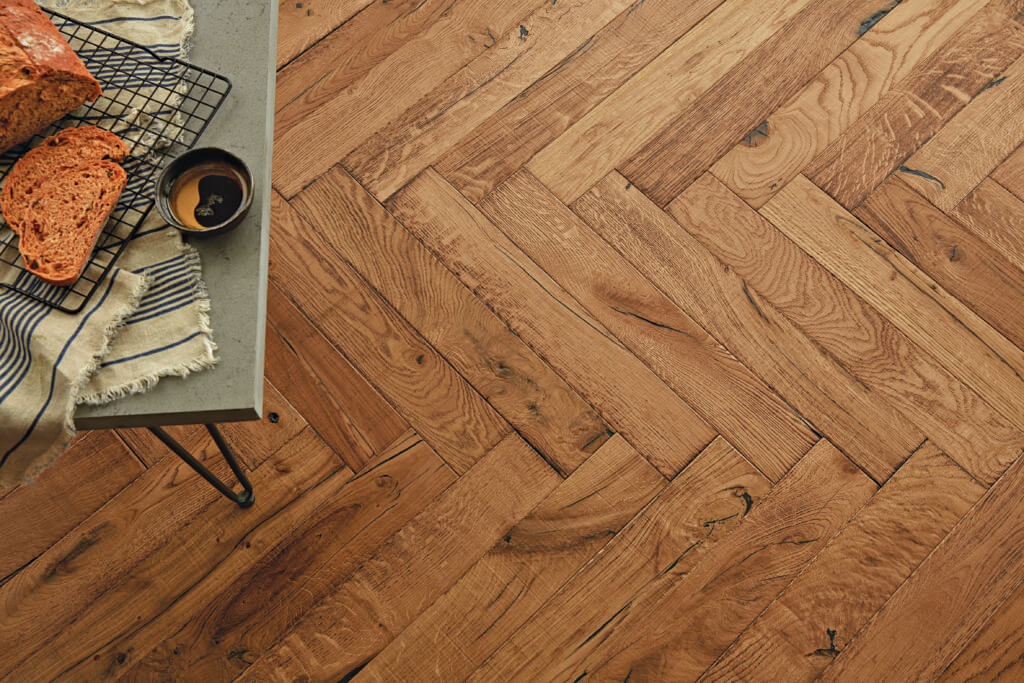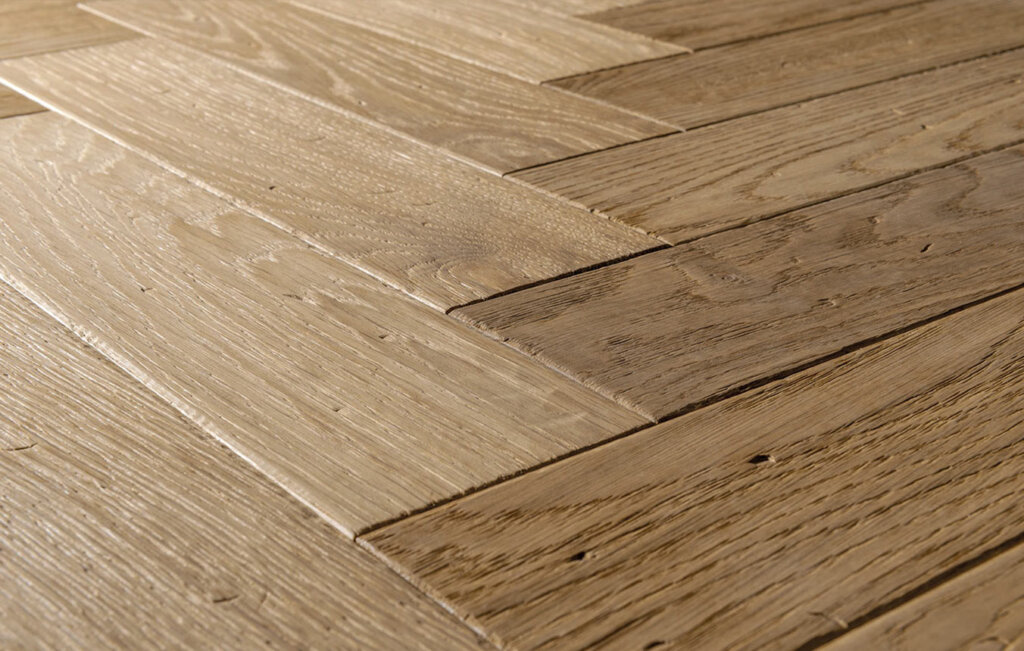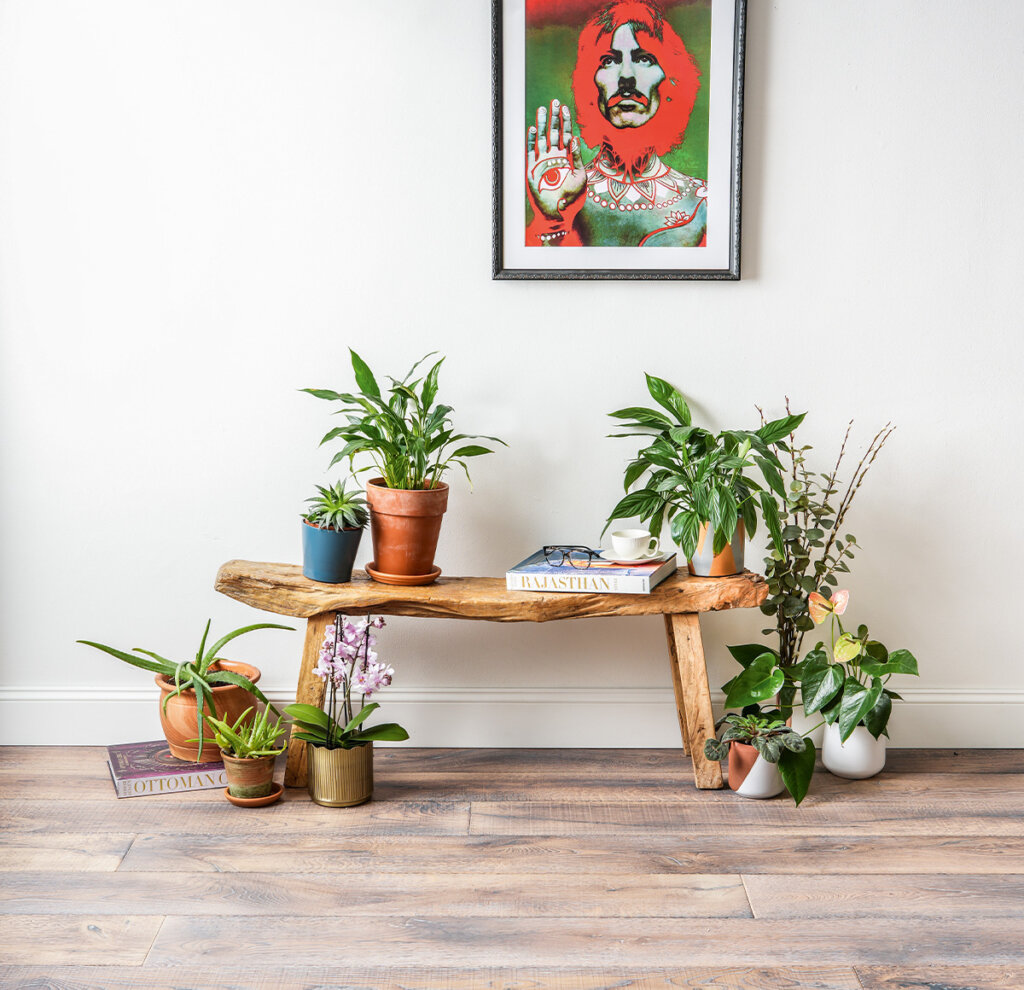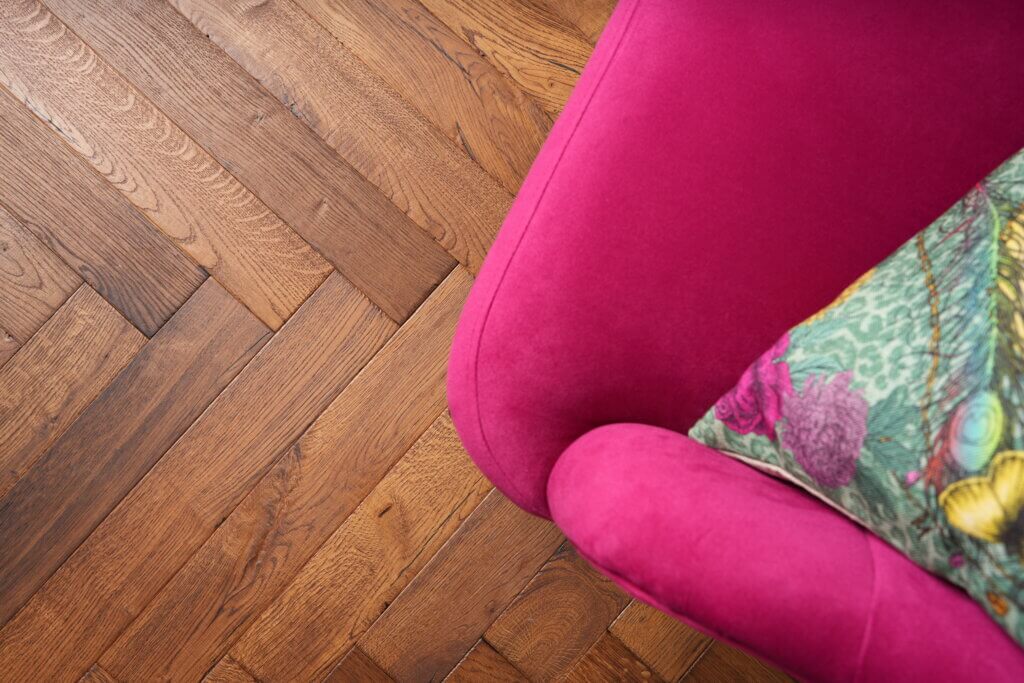Japanese design extends so much further than aesthetics of a project, it also takes into consideration ancient philosophies and modern cultures. In turn this allows a space to give off feelings such as stillness, nature or simplicity, depending on the effect you want to achieve.
To truly appreciate Japanese styling within an interior it’s beneficial to first understand some of the key Japanese design principles. In our latest journal, we explore these and how they can be applied to perfectly style a home or shared space.
WABI-SABI
IF YOU LOVE: IMPERFECTIONS & TEXTURE
The principle of ‘wabi-sabi’ refers to finding beauty in imperfections, embracing the natural cycle of growth and recognising how the passing of time can age or alter something in a positive manner.
Wabi-sabi is a concept that can be applied to many aspects of life and a philosophy that we observe at Ted Todd. Working with natural materials like wood means that we often come across natural ‘imperfections’ such as knots, sap and irregular grain, which all contribute to the unrivalled beauty of a real wood floor.
We admire and respect the concept of wabi-sabi, so much so that we have developed a process that emulates the look of ageing in our new wood floors. In order to achieve this, some of our Crafted Textures floors have been intentionally sawn, heavily brushed and carbonised – a process which authentically ages each board and creates a reclaimed look full of personality and charm. Arundel and Standen – the first of our Crafted Textures floors to adopt this process perfectly embody the authentic character of time-worn floors. Wabi-sabi and Shizen work harmoniously together, each using organic and raw materials such as wood, concrete or stone as their main inspiration within interior styling.

SHIZEN
IF YOU LOVE: SIMPLICITY & NATURALNESS
The aesthetic concept of ‘Shizen’ relates to the absence of artificiality and promotes the purposeful implementation of nature into a space.
In its simplest form this can be demonstrated in the inclusion of plants and greenery into an interior. Shizen can also be achieved architecturally by integrating sunlight into a project using lightwells and large windows, as well as reflection-inducing objects such as mirrors, white walls and shiny surfaces. Used individually, or combined, these are all factors that allow you to connect with nature. Bringing elements of the outside in, you can encourage an increased sense of health and well-being. Using a natural wood floor is an easy way to adopt the Shizen style into your space.
Over the last 30 years, studies have proven that working, living, or studying in a healthy environment can increase productivity, enhance learning, and even reduce sickness. By allowing us to connect with nature, wood can maintain our emotional state and help manage stress levels and in turn positively impact our health.

“No matter how advanced society becomes, institutionally or technologically, a house in which nature can be sensed represents for me the ideal environment in which to live.”
Tadao Ando, renowned contemporary Japanese architect.
FUKINSEI
IF YOU LOVE: IRREGULARITY & ZEN AESTHETIC
Fukinsei is a principle that revolves around asymmetry and irregularity. Contrary to how it sounds, the use of asymmetry doesn’t mean that a space will look unbalanced and it can actually have the opposite effect. Fukinsei can be easily applied to your interior project by choosing a real wood floor, as organic materials are naturally asymmetrical which means that no single piece will ever be the same.
New to Crafted Textures, Sheringham is a purposely weathered-looking floor with grey-brown tones and black grained undertones, again playing on the concept of wabi-sabi with its intended aged look. On close inspection you will see the natural irregularities of the wood and the organic features that make each floor unique, fulfilling the concept of Fukinsei.
Fukinsei can also be achieved by introducing abstract art into your space, as the essence of this style is to be free and dynamic, with no set rules and just like our flooring there are no repeats. Additionally, by painting your walls white to create a pristine space, the Fukinsei philosophy invites you to prepare for the inevitable wear and tear that occurs through everyday life. It encourages these irregularities to be embraced as part of your interior styling.

DATSUZOKU
IF YOU LOVE: UNCONVENTIONALITY & CREATIVITY
Connected to Zen Buddhism, Datsuzoku represents ‘freedom from habit or formula’ and challenges conventions in order to observe and practice creativity. It encourages you to break away from traditional ideologies, be exploratory, and embrace uniqueness.
We have truly adopted the concept of Datsuzoku when developing Dunham and Sheringham, the latest additions to our Crafted Textures collection. These beautifully rustic floors have been sawn and carbonised to enhance their natural grain and are perfect examples of how we have stepped away from the ordinary, to create something truly special. You can take this principle further by laying your floor in an unconventional way, perhaps using basket weave or ladder patterns as inspiration, moving away from the expected traditional plank or herringbone style.
When applying Datsuzoku to your project there are no limitations, it is the perfect opportunity to have fun, be bold and experimental without any boundaries or restraints. There is the freedom to mix and match any design style from differing cultures and time periods to contrasting colours and materials. Each element coming together to create a unique and innovative interior that promotes individuality and creativity like no other.
